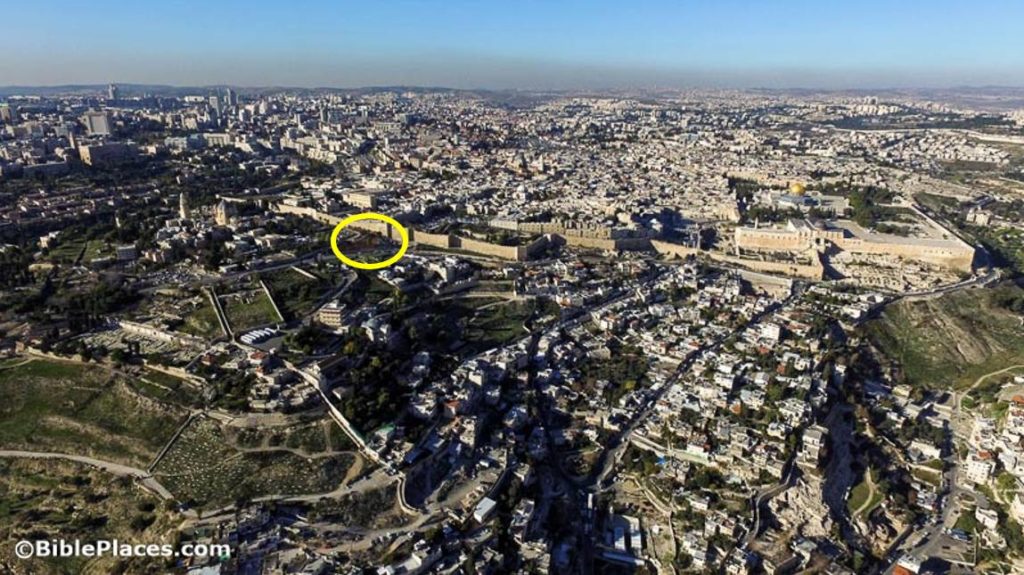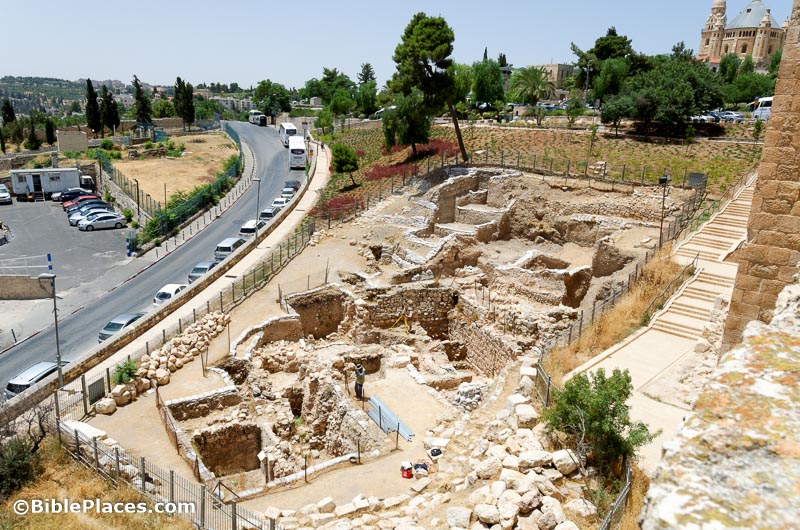Excavations under a house in northern Israel have revealed what may be the largest wine factory from the Crusader era.
Archaeologists have discovered an arrowhead from the Roman siege of Jotapata in AD 67.
A i24News video shows the “pilgrim road” leading from the Pool of Siloam to the Temple Mount of Jerusalem.
“Archaeologists working in the buried Roman city of Pompeii say they have uncovered a ‘sorcerer’s treasure trove’ of artefacts, including good-luck charms, mirrors and glass beads.”
A new exhibit about a 4th-century synagogue mosaic floor has opened in the Archaeological Museum of Aegina. Aegina is a Greek island not far from Athens.
“Anchors Aweigh: Seaports of the Holy Land” is a new exhibit opening on Tuesday at the Bible Lands Museum in Jerusalem.
Preliminary images of seven (alleged) Dead Sea Scroll fragments owned by the Southwestern Baptist Theological Seminary are now online. (The link looks unusual, but it works.)
Lubna Omar provides a personal perspective as a Syrian archaeologist unable to protect her country’s heritage.
A guy passionate about ancient Egypt and baking used ancient yeast to bake a loaf of bread.
Egyptian authorities transferred a 90-ton obelisk of Ramses II from Zamalek to El Alamein.
The Oriental Institute is celebrating its 100th anniversary.
Carl Rasmussen shares photos of the largest altar in the world.
I always like the photos that Wayne Stiles includes with his posts, and this week is no different with his reflections on Abraham’s faith.
Matti Friedman writes a helpful review of Jodi Magness’s new book on Masada.
Did you know there are four long distance hiking trails in Israel? They range in length from 37 miles to 637 miles.
HT: Agade, Joseph Lauer, Alexander Schick, Ted Weis

